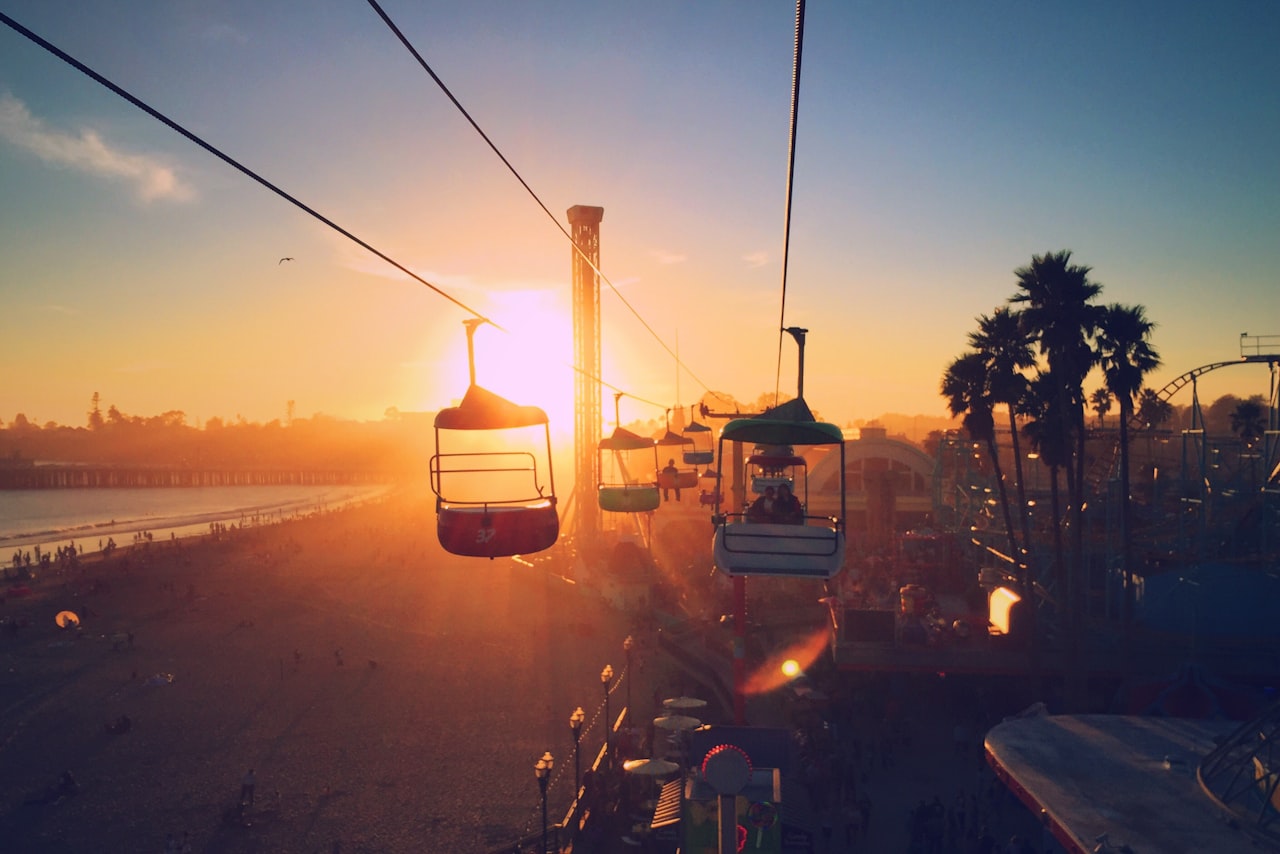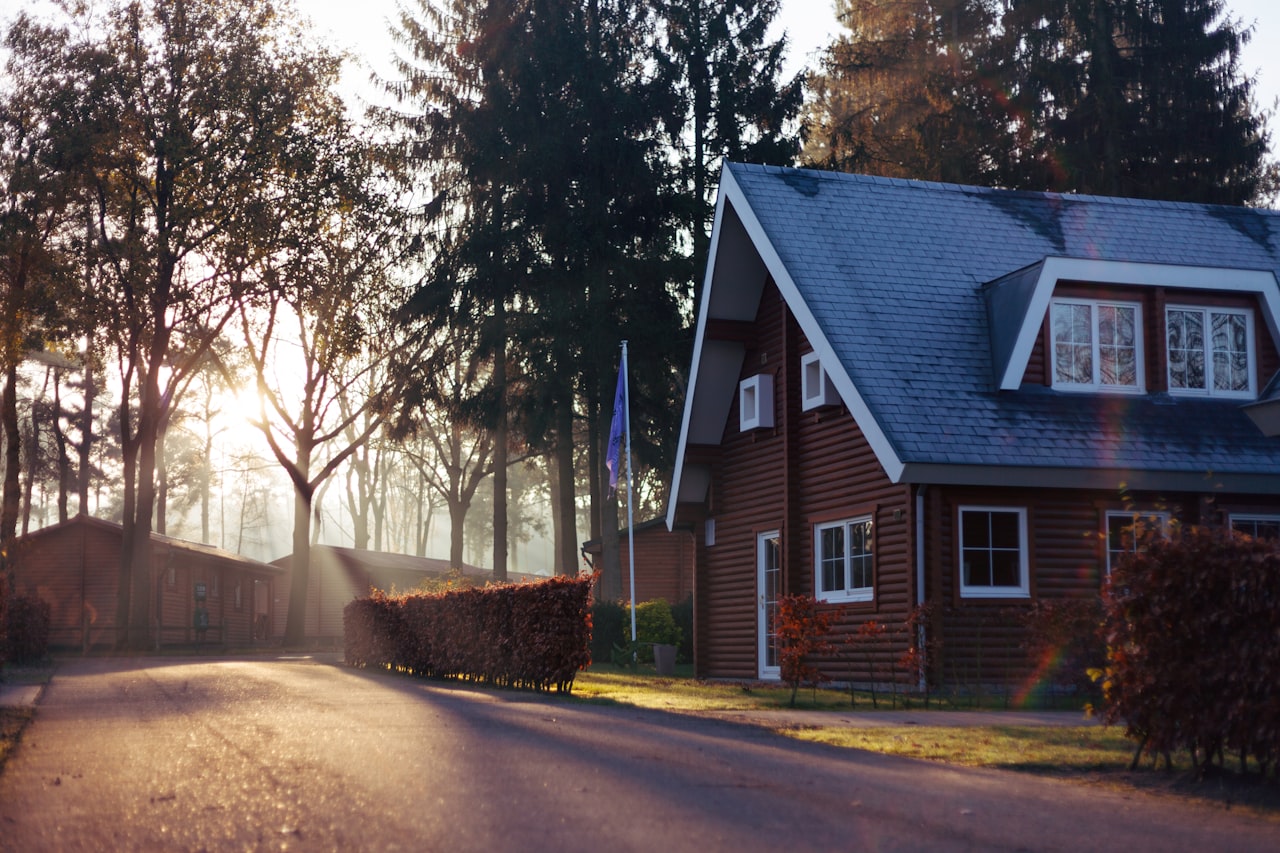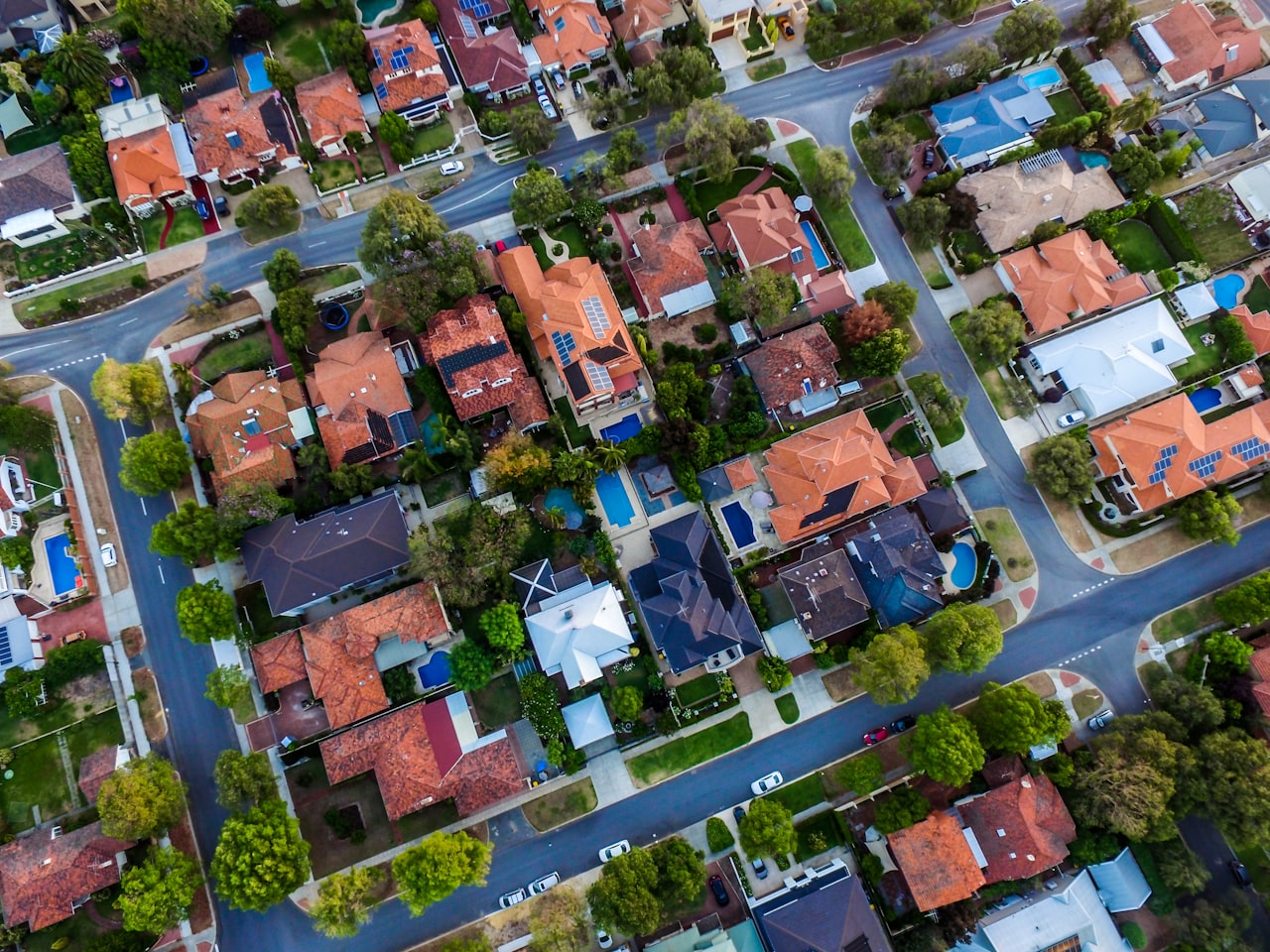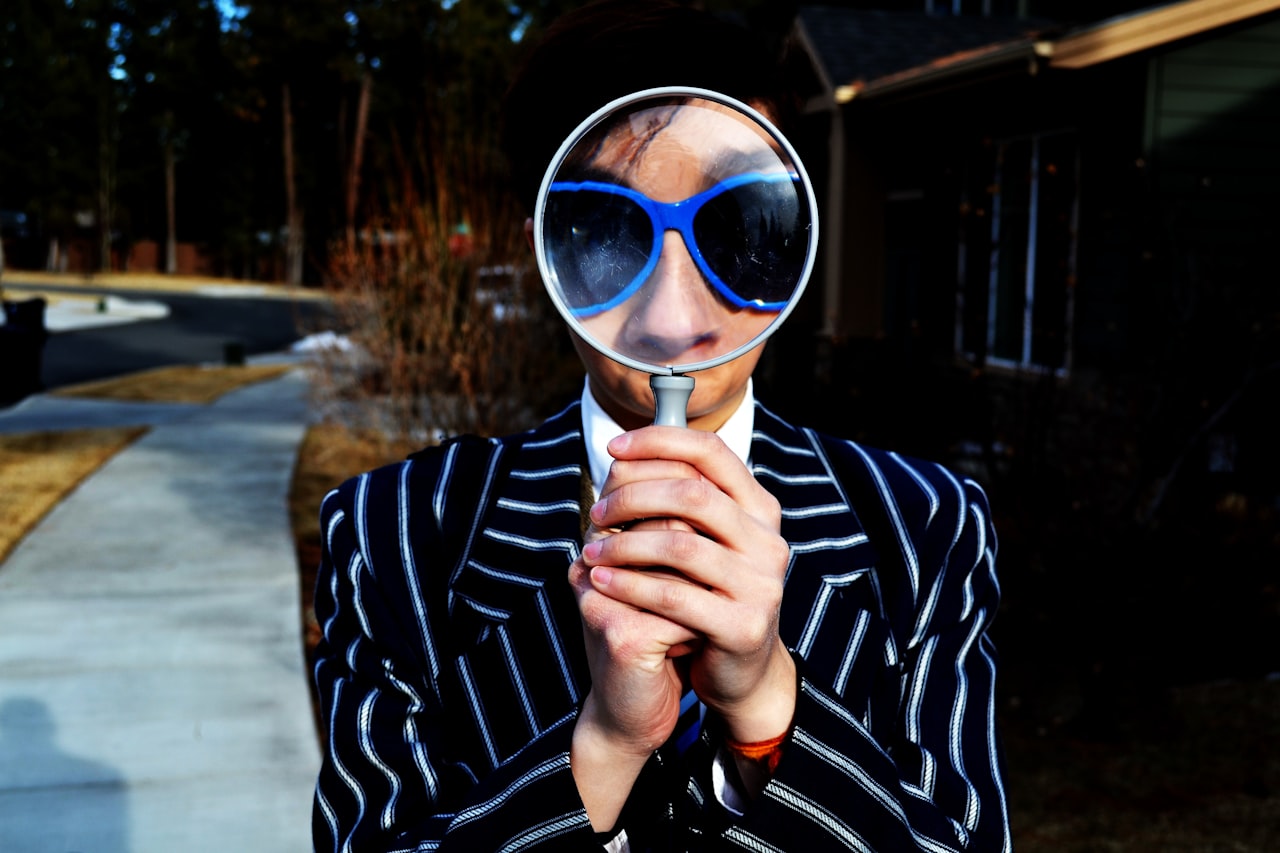It’s called the ‘moonlight effect,’ and here’s how to get it.
Hang around outdoor lighting designers long enough and you’ll hear a lot of talk about “moonlight effect.” That’s a naturalistic look that features light no more intense than that of a full moon, but still strong enough to make beautiful shadows and intense highlights on your home’s exterior.
Here’s how to add outdoor lighting to your house:
7 Ways to Get That Warm Exterior Glow
-
Highlight trees. Whether illumined from below or given presence by a light mounted in the tree itself, trees make stunning features.
-
Use uplights. Uplighting is dramatic because we expect light to shine downward. Used in moderation, it’s a great way to highlight architectural and landscaping features.
-
Have a focus. The entryway is often center stage, a way of saying, “Welcome, this way in.”
-
Combine beauty and function. For example, adding lighting to plantings along a pathway breaks up the “runway” look of too many lights strung alongside a walk.
-
Vary the fixtures. While the workhorses are spots and floods, designers turn to a wide range of fixtures, area lights, step lights, and bollards or post lights.
-
Stick to warm light. A rainbow of colors is possible, but most designers avoid anything but warm white light, preferring to showcase the house and its landscape rather than create a light show.
-
Orchestrate. A timer, with confirmation from a photocell, brings the display to life as the sun sets. At midnight it shuts down everything but security lighting. Some homeowners even set the timer to light things up an hour or so before dawn.
How Outdoor Lighting Helps Security
Soft, overall landscape lighting eliminates dark areas that might hide an intruder, exposing any movement on your property.
Overly bright lights actually have a negative effect, creating undesirable pockets of deep shadow.
The Best Outdoor Lights Designers Recommend
Once disparaged for their high cost and cold, bluish glow, LEDs are now the light source of choice for lighting designers.
“They’ve come down in price and now have that warm light people love in incandescent bulbs,” says Paul Gosselin, owner of Night Scenes Landscape Lighting Professionals in Kingsland, Texas.
Although LED fixtures remain twice as expensive as incandescents, installation is simpler because they use low-voltage wiring.
Another advantage is long life. LEDs last at least 40,000 hours, or about 18 years of nighttime service. With that kind of longevity, “why should a fixture have only a two-year warranty?” asks Gosselin.
He advises buying only fixtures with a 15-year warranty — proof that the fixture’s housing is designed to live as long as the LED bulbs inside.
The Cost of Outdoor Lighting
Total outdoor lighting costs will vary according to the size of your home and the complexity of your lighting scheme. Expect to pay about $100 to $200 per LED fixture including installation. LEDs also require a transformer; together, they’ll cost $300 to $500 with installation.
A motion detector security light costs an average of $300 to $400 each, with installation. Porch lights range from $65 to $200 including installation. Sconces range from $100 to $2,500 installed. Prices depend on the fixture and whether running new cable is necessary.
That kind of variation isn’t limited to porch lights and sconces. Outdoor lighting costs range considerably based on factors like square footage, DIY versus contractor installation, and high-end versus more ordinary fixtures. If you’re getting ready to add some glow to your yard, spend wisely and by considering:
- Durability — Your outdoor fixtures will be exposed to the elements, so make sure they can hold up to extreme heat and cold, wind, and rain. Look for wet-rated fixtures, which can withstand harsh weather.
- The scale — Before you go shopping, measure the space you want to fill. Also, keep in mind that extra large fixtures can detract from the beauty you’re creating.
- Color and style — You’ll want your outdoor fixtures to complement your home’s exterior.



































































































